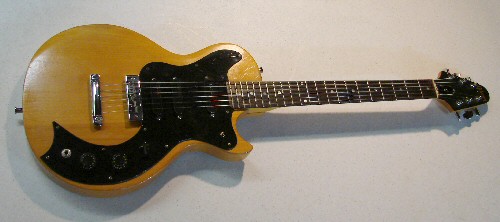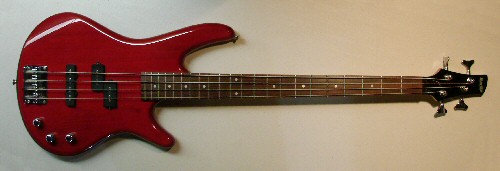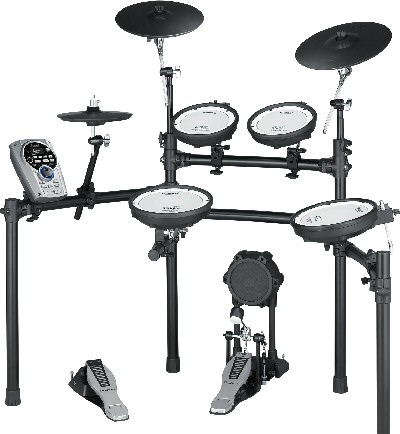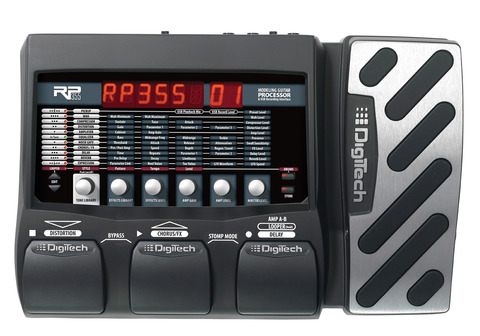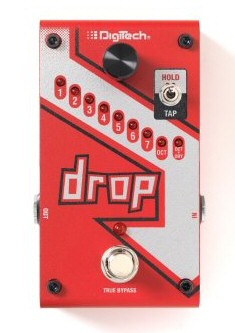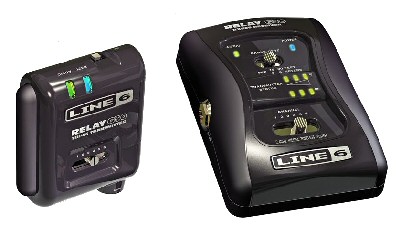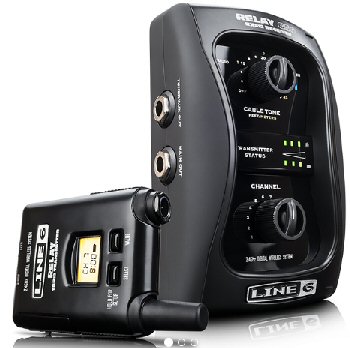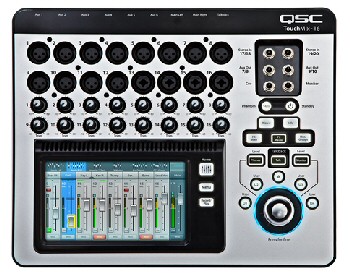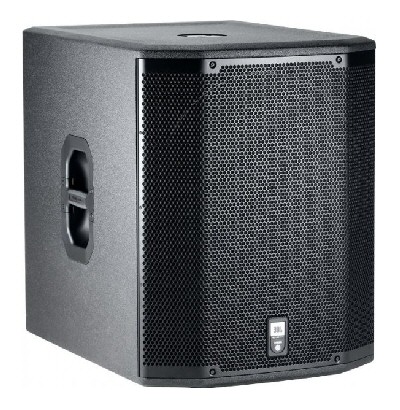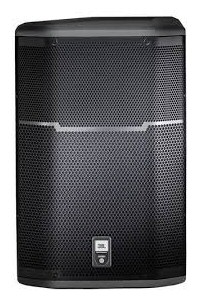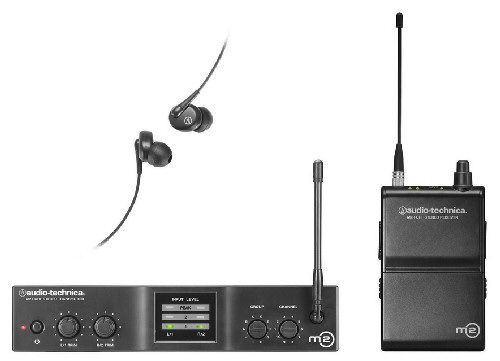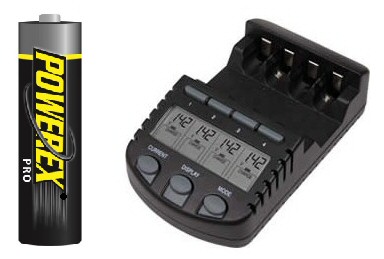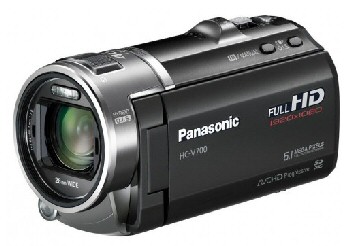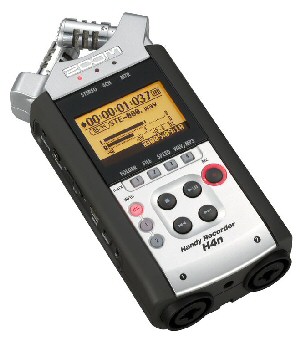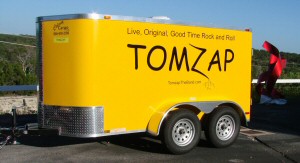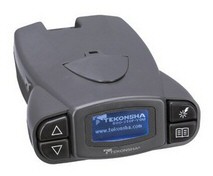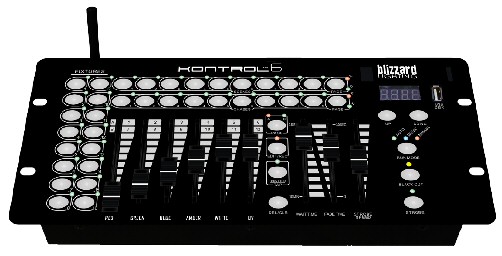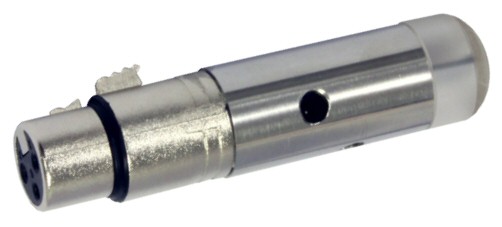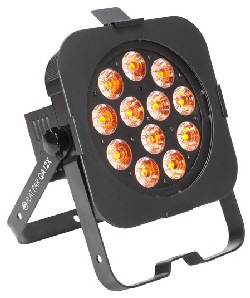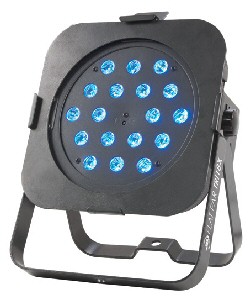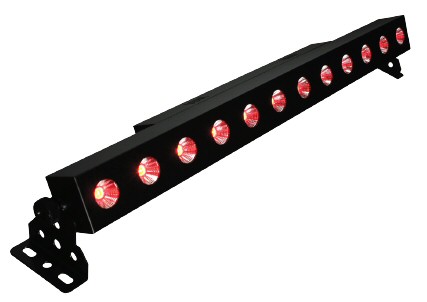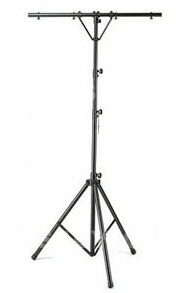Gibson S-1 6-String Guitar
Tom plays a Gibson S-1 guitar which he purchased new in 1973. So Tom and his guitar are both relics. The original Gibson tuners were replaced with Schaller tuners back in the 70s (and they continue to work perfectly). The original neck was replaced early on under the Gibson lifetime guarantee (remember those?) due to a glue fault. The original clear plastic pickups have been replaced with modern Lace Sensor (blue-silver-red set) pickups which improves both the sound and reduces the interference from flourescent ballasts. Tom connects to his processors using a Line 6 Relay G30 Digital Wireless Guitar System.Strings: Tom uses D'Addario EXL140, which consists of the gauges 52, 42, 30, 17, 13, 10.
Picks: He makes his own guitar picks out of stainless steel or spring steel in thicknesses of .015-.025" in order to get a thick, resiliant pick with a sharp edge, not beveled like store-bought picks.
The process involves cutting a strip of steel 35mm wide using sheet metal shears. Mark one edge at 40mm intervals. Mark the opposite edge at 40mm intervals offset by 20mm. Mark the diagonals and cut. Trim the corners to reduce the angle of the tip. Debur with a file if cheap tin shears were used. Add a little Gorilla glue to make a surface that is easier to grip.
